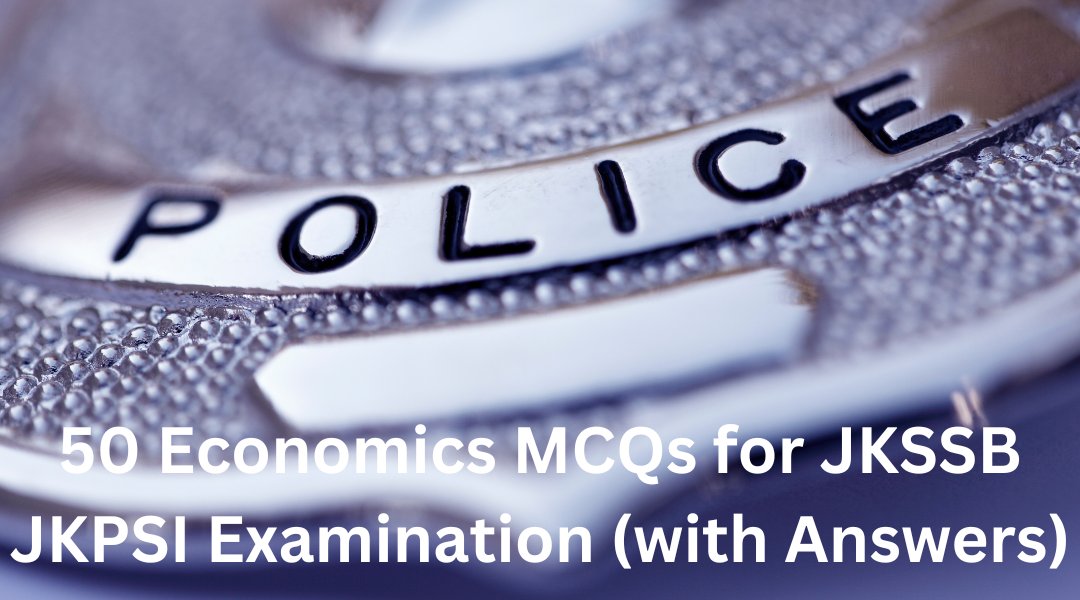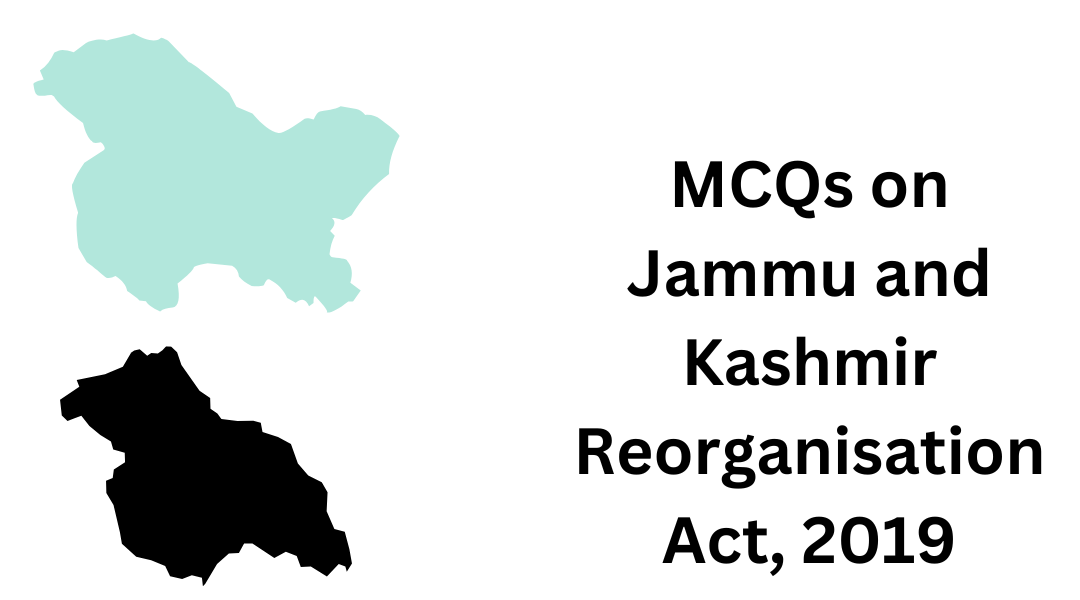Here is a set of MCQs on “Resources and Development” for Class 10, based on the topics typically covered in the subject:
MCQS on Resources and Development
1. Which of the following is a renewable resource?
a) Coal
b) Petroleum
c) Solar Energy
d) Natural Gas
Answer: c) Solar Energy
2. Which of the following is NOT an example of a biotic resource?
a) Forests
b) Wildlife
c) Minerals
d) Fisheries
Answer: c) Minerals
3. Which of the following resources are considered non-renewable?
a) Solar energy
b) Wind energy
c) Coal
d) Water
Answer: c) Coal
4. Resources that are found in a fixed quantity are called?
a) Renewable Resources
b) Non-renewable Resources
c) Developed Resources
d) Human Resources
Answer: b) Non-renewable Resources
5. Which of the following is NOT a method of soil conservation?
a) Contour Ploughing
b) Terrace Farming
c) Deforestation
d) Crop Rotation
Answer: c) Deforestation
6. Which type of soil is best suited for the cultivation of cotton?
a) Red Soil
b) Black Soil
c) Laterite Soil
d) Desert Soil
Answer: b) Black Soil
7. Laterite soils are most commonly found in areas that experience which type of climate?
a) Hot and dry
b) Cold and dry
c) Wet and humid
d) Cold and humid
Answer: c) Wet and humid
8. The total geographical area of India is approximately:
a) 2.8 million sq km
b) 3.28 million sq km
c) 5.28 million sq km
d) 4.28 million sq km
Answer: b) 3.28 million sq km
9. Which of the following is a method to conserve natural resources?
a) Overgrazing
b) Deforestation
c) Reforestation
d) Soil erosion
Answer: c) Reforestation
10. Which of the following is an example of a metallic mineral resource?
a) Coal
b) Iron Ore
c) Petroleum
d) Natural Gas
Answer: b) Iron Ore
11. Which type of land is referred to as “wasteland”?
a) Land used for agriculture
b) Land with low fertility
c) Land that is arable
d) Land used for building factories
Answer: b) Land with low fertility
12. The process of making barren land suitable for agriculture is called:
a) Land degradation
b) Soil erosion
c) Land reclamation
d) Deforestation
Answer: c) Land reclamation
13. Which type of farming is practiced to conserve soil moisture in dry regions?
a) Terrace farming
b) Mixed farming
c) Dry farming
d) Organic farming
Answer: c) Dry farming
14. In which of the following states is black soil predominantly found?
a) Kerala
b) Gujarat
c) Punjab
d) Assam
Answer: b) Gujarat
15. Which soil is known for its high iron content and is commonly found in areas of high rainfall?
a) Alluvial soil
b) Black soil
c) Red soil
d) Desert soil
Answer: c) Red soil
16. What is the percentage of India’s geographical area that is covered by forests?
a) 23%
b) 33%
c) 40%
d) 50%
Answer: a) 23%
17. What is a common cause of land degradation in states like Punjab, Haryana, and western Uttar Pradesh?
a) Over-irrigation
b) Mining
c) Deforestation
d) Overgrazing
Answer: a) Over-irrigation
18. Which soil is rich in humus and organic material?
a) Desert soil
b) Black soil
c) Alluvial soil
d) Forest soil
Answer: d) Forest soil
19. Which of the following is the primary cause of soil erosion in India?
a) Wind
b) Mining
c) Deforestation
d) Overgrazing
Answer: c) Deforestation
20. The concept of ‘sustainable development’ primarily focuses on which of the following?
a) Short-term growth
b) Economic growth only
c) Long-term growth with ecological balance
d) Industrial development
Answer: c) Long-term growth with ecological balance
21. Which of the following practices is used to reduce water runoff and soil erosion?
a) Strip cropping
b) Overgrazing
c) Shifting cultivation
d) Urbanization
Answer: a) Strip cropping
22. The fertile alluvial soil is mostly found in which regions of India?
a) Mountain regions
b) Coastal regions
c) River plains
d) Desert regions
Answer: c) River plains
23. Which type of soil is commonly found in the northern plains of India?
a) Black soil
b) Laterite soil
c) Alluvial soil
d) Red soil
Answer: c) Alluvial soil
24. The term ‘land degradation’ refers to:
a) Increase in soil fertility
b) Deterioration of soil quality
c) Waterlogging of land
d) Urbanization
Answer: b) Deterioration of soil quality
25. Which state is the leading producer of cotton due to its black soil?
a) Maharashtra
b) Kerala
c) Assam
d) Punjab
Answer: a) Maharashtra
Here is the continuation and completion of “Resources and Development” Class 10 MCQs:
26. Which of the following is a major cause of land degradation in the states of Jharkhand, Chhattisgarh, Madhya Pradesh, and Odisha?
a) Over-irrigation
b) Mining
c) Deforestation
d) Industrialization
Answer: b) Mining
27. The alluvial soil in India is majorly found in which part of the country?
a) Peninsular plateau
b) Coastal plains
c) Northern plains
d) Western Ghats
Answer: c) Northern plains
28. Red soil develops a reddish color due to the presence of which element?
a) Nitrogen
b) Phosphorus
c) Iron
d) Calcium
Answer: c) Iron
29. Which type of soil is found in the Deccan Plateau region of India?
a) Alluvial Soil
b) Black Soil
c) Red Soil
d) Desert Soil
Answer: b) Black Soil
30. Resources that are found everywhere and are not localized are called?
a) Ubiquitous resources
b) Localized resources
c) Potential resources
d) Stock resources
Answer: a) Ubiquitous resources
31. Which of the following is an example of a non-metallic mineral resource?
a) Bauxite
b) Coal
c) Iron Ore
d) Copper
Answer: b) Coal
32. The method of growing different crops in alternate strips to reduce soil erosion is called:
a) Terrace farming
b) Strip cropping
c) Shifting cultivation
d) Overgrazing
Answer: b) Strip cropping
33. Which state in India has the largest area of land under forest cover?
a) Madhya Pradesh
b) Assam
c) Kerala
d) Tamil Nadu
Answer: a) Madhya Pradesh
34. Which of the following is a feature of sustainable development?
a) Continuous use of natural resources without replenishing
b) Equitable distribution of resources for present and future generations
c) Focus only on economic growth
d) Rapid industrialization at any cost
Answer: b) Equitable distribution of resources for present and future generations
35. Which of the following resources can be replenished naturally over a period of time?
a) Coal
b) Petroleum
c) Water
d) Natural Gas
Answer: c) Water
36. Land left uncultivated for more than five agricultural years is referred to as:
a) Cultivable wasteland
b) Fallow land
c) Pasture land
d) Forest land
Answer: a) Cultivable wasteland
37. The proportion of the total population engaged in agriculture in India is approximately:
a) 20%
b) 50%
c) 70%
d) 90%
Answer: b) 50%
38. The concept of ‘resource planning’ refers to:
a) Management of resources without planning
b) Making efficient and sustainable use of resources
c) Allocating resources for immediate use only
d) Depleting resources for industrial growth
Answer: b) Making efficient and sustainable use of resources
39. The Indira Gandhi Canal is an example of which type of resource development?
a) Renewable energy development
b) Water resource development
c) Forest resource development
d) Mineral resource development
Answer: b) Water resource development
40. Which of the following factors is NOT a reason for land degradation?
a) Overgrazing
b) Over-irrigation
c) Industrialization
d) Organic farming
Answer: d) Organic farming
41. The availability of solar energy depends upon which of the following factors?
a) Latitude of a region
b) Height above sea level
c) Thickness of soil
d) Presence of forests
Answer: a) Latitude of a region
42. Which of the following techniques is used to prevent soil erosion on hilly terrain?
a) Terrace farming
b) Overgrazing
c) Shifting agriculture
d) Deforestation
Answer: a) Terrace farming
43. A resource that is yet to be discovered but can be utilized in the future is known as:
a) Actual resource
b) Reserve resource
c) Potential resource
d) Non-renewable resource
Answer: c) Potential resource
44. Which of the following is NOT an example of a renewable resource?
a) Solar energy
b) Wind energy
c) Coal
d) Hydropower
Answer: c) Coal
45. The practice of alternating different crops in the same field to improve soil fertility is known as:
a) Crop rotation
b) Monoculture
c) Shifting cultivation
d) Intensive farming
Answer: a) Crop rotation
46. Which soil is known for its water retention capacity, especially suited for crops like cotton?
a) Black soil
b) Alluvial soil
c) Red soil
d) Desert soil
Answer: a) Black soil
47. Which of the following measures is NOT helpful in controlling land degradation?
a) Afforestation
b) Constructing dams
c) Over-irrigation
d) Contour ploughing
Answer: c) Over-irrigation
48. The soil conservation technique in which stones and rocks are arranged to slow down the flow of water in hilly areas is called:
a) Mulching
b) Rock dam
c) Terrace farming
d) Shelter belts
Answer: b) Rock dam
49. Which type of resources can be categorized as either natural or human-made, based on their origin?
a) Renewable resources
b) Biotic resources
c) Abiotic resources
d) Cultural resources
Answer: b) Biotic resources
50. Which of the following countries leads in wind energy production, considered a renewable resource?
a) India
b) China
c) USA
d) Germany
Answer: b) China
These MCQs are designed to cover a broad range of topics related to Resources and Development for Class 10. They include key concepts such as types of resources, soil conservation and methods of sustainable resource management.
Also Read: Electricity and Circuits class 6 MCQs: For Examinations
Nelson Mandela Class 10 MCQ with Answers

Asif Iqbal Wani is a professional content writer with over 5 years of experience in the education niche. With a speciality for content creation that’s thought-provoking and engaging, Arun specializes in making study guides and resources for exams and curriculum-based content.
With a zeal for learning, Asif comes across as a vibrant educator who simplifies the most difficult concepts into information that is easily digested, enabling learners to achieve success academically. His commitment to accuracy and creativity ensures that every piece of content not only teaches but also inspires.
Asif is committed to providing high-quality impactful content that works well for different student and faculty requirements.






